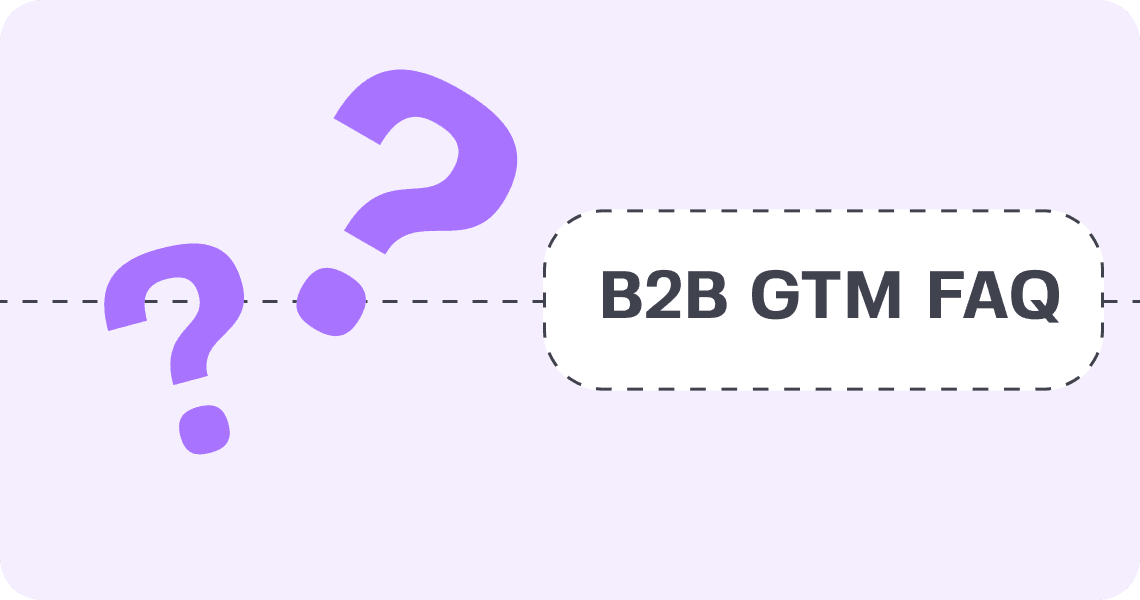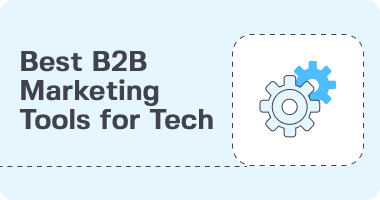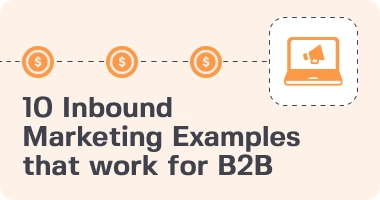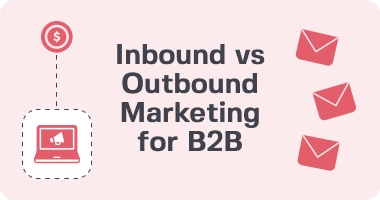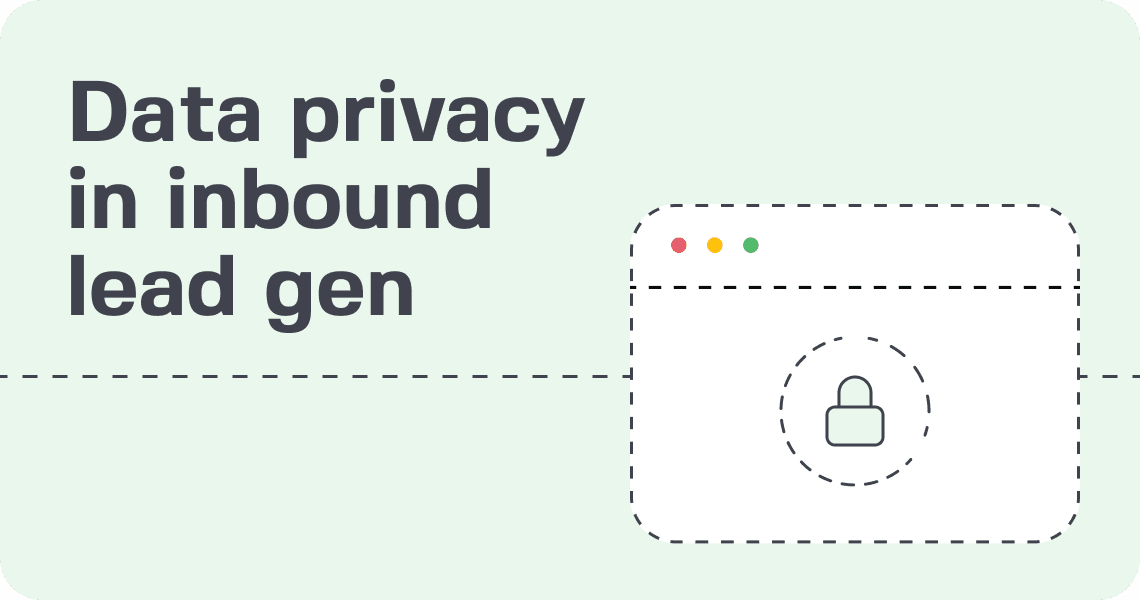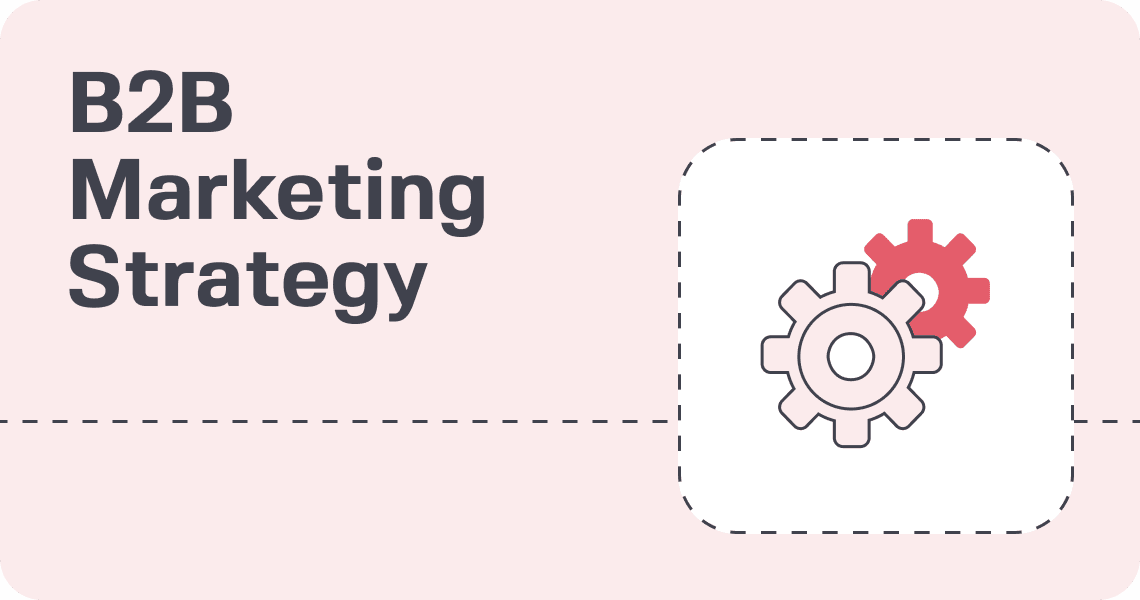You just founded a company that will bring your unique ideas to life. To grow it, get more customers and iYou just founded a company that will bring your unique ideas to life. To grow it, get more customers and increase revenue, you need marketing – your primary growth tool. And marketing, like any other tool in your CEO toolbox, requires thorough planning. At 42DM, we have been making marketing plans for a long time – so here are our tips that will help you prepare for 2024 and get the most out of it!
Why you should have a marketing plan
A marketing plan is your strategic roadmap to organize, implement and execute your marketing activities and reach specific goals in measurable time frames. The main idea is to keep your marketing activities organized, but also to rethink your company’s development from a strategic, helicopter level.
You may think you want to try everything, be in every social media and write a lot of new content. However, after researching your audience you may find out that they are active only in one social media and there is no need to focus on the others. Or, you may rethink your campaigns based on your budget capabilities.
Additionally, a marketing plan helps the company track the progress of their marketing efforts and make adjustments to reach their goals quickly and efficiently. Without a marketing plan, tech companies may struggle to reach their goals and may waste resources
In other words, without a marketing plan you may be losing the opportunity to efficiently gain more leads and convert them to customers.
You need a marketing plan because:
- It coordinates your business goals and objectives
- It defines the target market, allowing you to segment audience according to your goals
- It defines your marketing mix & campaigns
- It systematizes each of your marketing activity

9 steps to making your first marketing plan
As a CEO, it is important to understand the importance of creating a marketing plan and how it should be structured in order to maximize the impact of your efforts. A well-crafted marketing plan should be the foundation of any business and should be updated regularly to ensure that it meets the changing needs of your company. We suggest following these simple steps:
1. Conduct a SWOT Analysis
The first step to creating an effective marketing plan is to conduct a SWOT analysis. It is a useful tool to assess the strengths, weaknesses, opportunities, and threats of a business or project.
To conduct a SWOT analysis, first identify the strengths, weaknesses, opportunities, and threats that are important to the success of the business or project. Then, assess each factor, writing down the details and their potential impact. Once all of the factors have been identified and assessed, look for relationships between them, such as potential solutions or areas of risk. Finally, use the results of the analysis to create a plan of action to address the strengths and weaknesses, and to capitalize on the opportunities and minimize the threats.
2. Set Goals and Objectives
The next step is to set goals and objectives for the tech company. These should be both short-term and long-term goals that help to define the company’s overall strategy. This will help to ensure that the marketing plan is aligned with the company’s overall goals.
Start by defining your target audience, then set specific objectives such as increasing brand awareness, boosting website traffic, or increasing sales. Set quantitative goals such as a certain number of leads, sales, or sign-ups. Set specific deadlines and review progress regularly to ensure you are on track to meet your goals.
3. Identify Target Markets
Identifying target markets is an important step in creating a comprehensive marketing plan. This can be done by researching the demographics, interests, and needs of potential customers. This information can then be used to create effective messaging and marketing strategies.
To identify target markets, you should consider factors such as demographics, lifestyle, and past purchasing behavior. For example, a company may decide to target young adults aged 18-35, who live in urban areas and have an active lifestyle. Another example could be targeting middle-aged homeowners who have disposable income. By researching the target market, you can develop a marketing plan that is tailored to the needs and interests of the target audience.
4. Develop a Budget
After the target markets have been identified, the next step is to develop a budget for the marketing activities. This should include the cost of research, advertising, and other marketing activities. This will help to ensure that the marketing plan is realistic and effective.
To create a budget, make an outline of the activities required to reach those goals, such as website design or digital advertising. Estimate the cost of each activity and create a budget with an allocated amount for each item. For example, a tech company may budget $5000 for website design and $3000 for digital advertising. Finally, track your progress and adjust the budget as needed.
5. Choose a reliable partner
The success of your plan’s implementation will heavily depend on the resources and expertise of your team. Here you should evaluate what types of knowledge and skills you will need and if your team can cover them. If not, we suggest choosing a reliable partner-agency who focuses solely on tech development, to ensure your plan is actually boring to life.
6. Create Messaging and Content
After the budget has been developed, the next step is to create messaging and content that is tailored to the target markets. This should include the company’s core values, mission statement, and other key messaging points. This will help to ensure that the company is communicating the right message to the right people.
7. Create a Distribution Plan
Once the messaging and content have been created, the next step is to create a distribution plan. This should include the channels that will be used to reach the target markets. This could include social media, email, search engine marketing, and other digital platforms.
Choose the most effective channels for your content. Set a timeline for content creation, distribution and marketing activities and stick to it, and use a mix of tactics such as email, social media and influencer campaigns.
8. Monitor and Evaluate
Once the marketing plan has been implemented, the next step is to monitor and evaluate the results. This can be done by tracking the performance of the various marketing activities. This will help to ensure that the plan is effective and that any adjustments can be made if needed.
9. Adjust and Refine
Finally, the marketing plan should be adjusted and refined as needed. This could include making tweaks to the messaging and content, or making changes to the distribution channels. This will help to ensure that the plan is always up-to-date and effective.
Succeeding with planning and implementation
As a company specializing in B2B and B2C marketing for enterprise technology companies, we at 42DM can help you define your strengths and use them as a powerful growth weapon.
After managing 250+ successful projects, we have accumulated our experience in a tailored 5-step growth marketing approach that helps our clients to scale their businesses & reach their goals. Discover our proven approach of helping make your business thrive, or reach out with any questions today.




